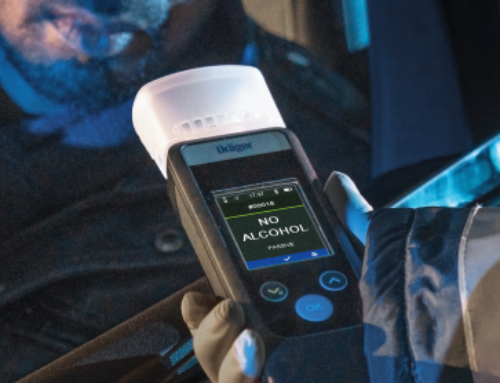Guidance clarifies driver activity recording rules
 The DVSA and Department for Transport published guidance earlier this month on the requirement to manually record all activities for the current day and previous 28 days as part of drivers’ hours regulations, which applies to all drivers in scope of EU drivers’ hours rules, including occasional drivers.
The DVSA and Department for Transport published guidance earlier this month on the requirement to manually record all activities for the current day and previous 28 days as part of drivers’ hours regulations, which applies to all drivers in scope of EU drivers’ hours rules, including occasional drivers.
As well as driving, records must cover other work, periods of availability, breaks, rest and annual and sick leave within this time period.
The recording requirements, which were updated in 2020 as part of the EU Mobility Package, had led to complaints by some in the sector that the process was onerous and difficult to implement.
The new guidance has been released following uncertainty around how the record-keeping for a driver’s previous 28 days of activity should be implemented.
The guidance confirms that DVSA will accept “until further notice” the recording of activities in blocks to cover any fixed week where no driving in scope of the EU rules takes place.
Specifically it states that, for fixed weeks (00:00hrs on Monday to 24:00hrs on Sunday) when no in-scope driving takes place, the DVSA: “will accept one or more records for the whole week, as opposed to requiring 7 daily records.”
The agency added: “Records must identify all the weekly rest periods within that fixed week.”
However, it emphasises that: “When in-scope driving is undertaken [in a fixed week], a full record must be kept for that whole week with separate records for each 24-hour period.”
The guidance also details the permissible means of manually recording other activities, including via tachograph inputs, record sheets or printout paper, and related requirements.
DVSA warned that enforcement agencies in other countries may take a different view to the UK approach on recording requirements for the 28-day period.
Therefore it recommends that: “any drivers undertaking international journeys to, from, and through the EU keep full daily records for the previous 28 days.
“This reflects the potential for different interpretations of the rules and the inability of enforcement authorities to check the home premises of UK-based operators.”
It cited European Commission officials as having confirmed that attestation forms for drivers’ hours records were still available as an alternative, and “should be accepted in the context of journeys involving EU member states”. DVSA will also accept the forms domestically.
Such forms must adhere to a template that is linked to within the guidance, pending new rules likely to be introduced next year. They must be completed prior to a journey’s start, and signed by the operator and driver. Secondary checks are likely to be made on information provided, and separate attestation forms should be provided to cover each activity type.
The full DfT/DVSA guidance can be found here, including an example of how to record hours.
The clarified UK approach to the recording requirements would remain “under active review”, DfT said, adding that rules related to driving within the UK could change in future due to Brexit-related ‘opportunities’.
The Road Haulage Association (RHA), which had previously been highlighting hauliers’ difficulties in adhering to the regulations, welcomed the updated advice.
Richard Smith, RHA’s managing director, said: “This is a welcome step to deal with a bureaucratic mismanagement of monitoring driver rest and breaks.
However, he added: “We can, and should, do more to make compliance with the rest and recording of time rule for commercial drivers easier.
“RHA will continue to push the UK government for change to the legislation to remove some of the administrative burden, especially for occasional drivers.”












